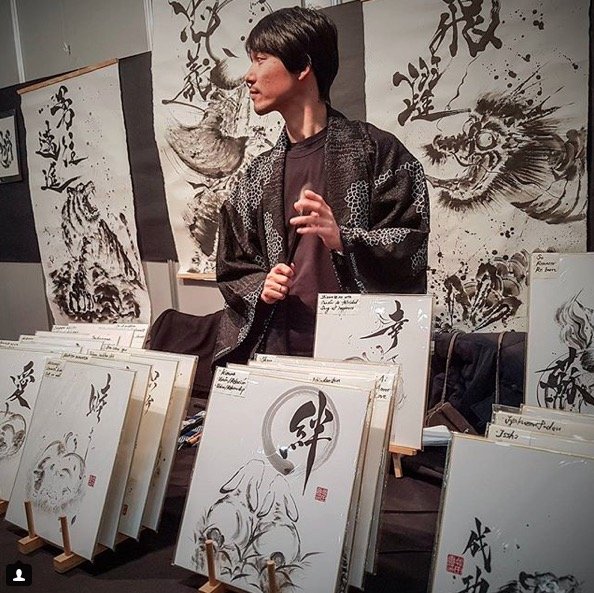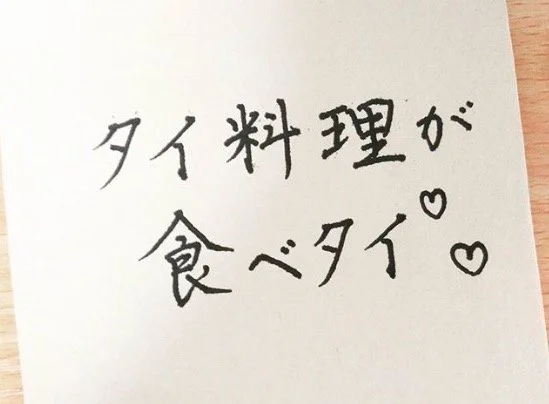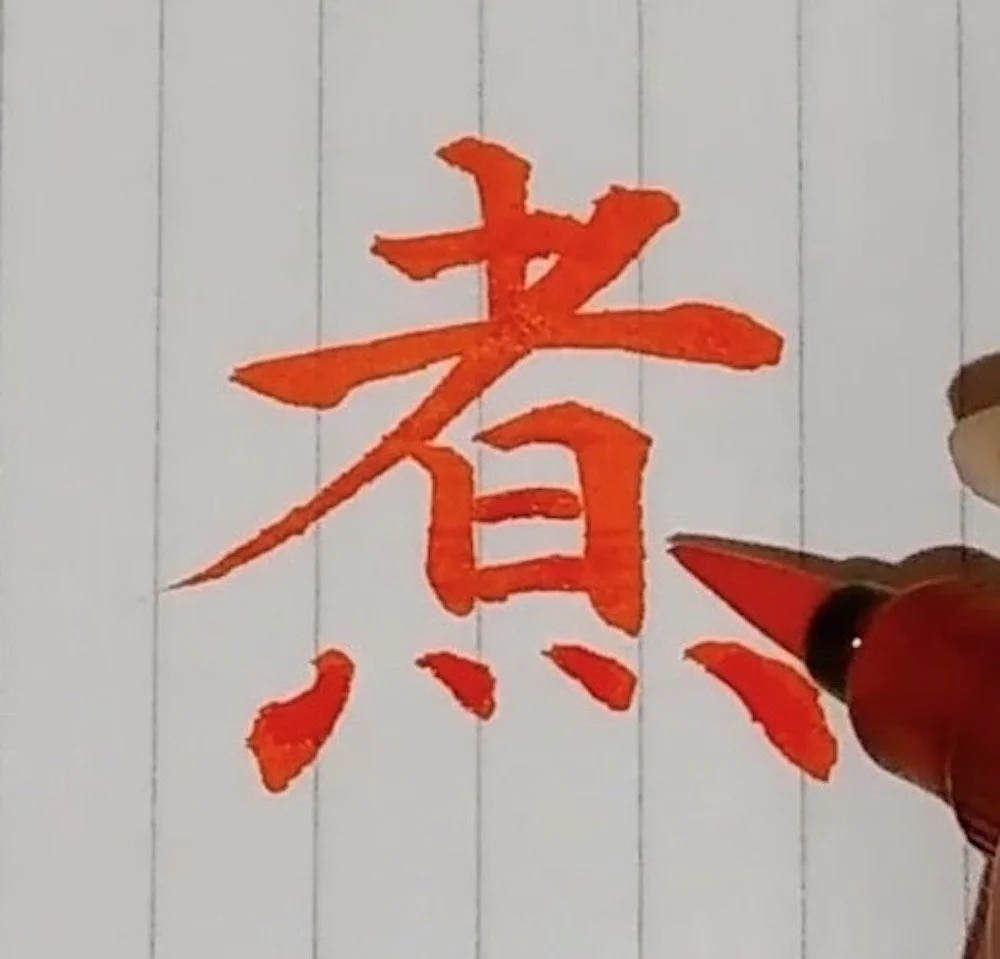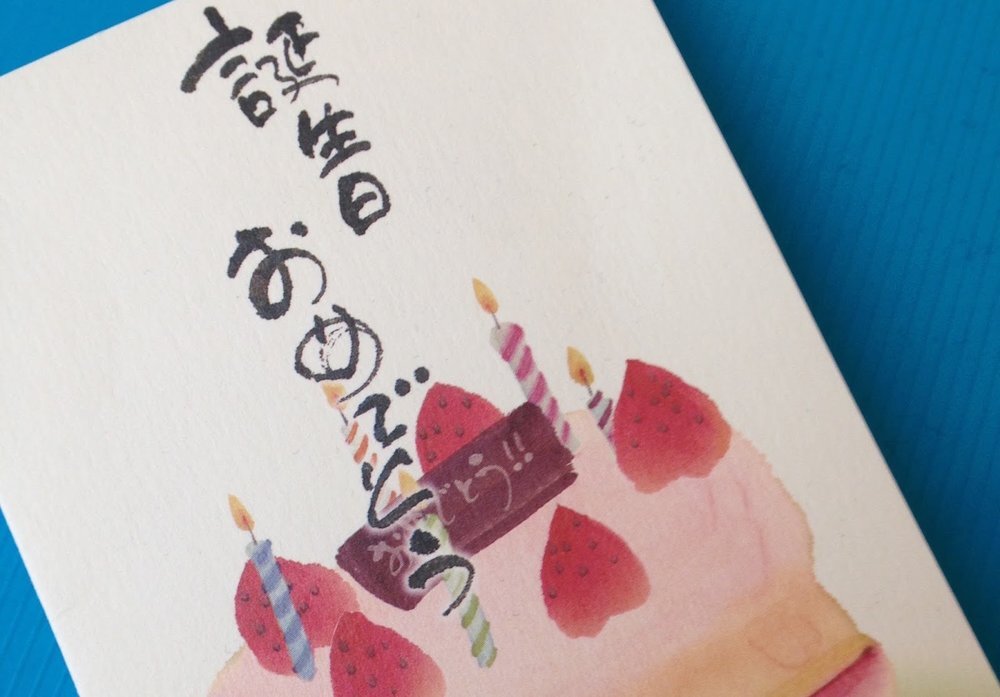日本語教室で多読のコースを開いてみたイギリス人日本語教師の感想
/私はどっちかといえばもの静かなほうだと思いますが、日本語を教える時はうるさい時もあります。授業では歌を歌ったり、盆踊りを踊ったり、にぎやかなゲームをしたりしています。隣の部屋で会議を行おうとしていた人たちに「少し静かにしてくれませんか」と注意されたこともあります。
でも、2018年に私はとても静かな日本語の授業を開きました。この授業では、生徒は主に一人で黙って勉強していました。
私はその授業の「先生」だったけれど、私も一人で手作りの絵本を読んでいて、時々生徒が大丈夫かを確かめるために目を上げただけ。
これは「多読」です。普通の日本語の授業と全然違う読解の学習法です。
Read More
































Like many people in the UK, I studied French in school. I liked French. I thought it was really fun to speak another language, to talk with people, and to try and listen to what was going on in a new country. (Still do!)
When I was 14 we went on a school exchange to the city of Reims, in northeastern France. I was paired with a boy, which I’m sure some 14-year-olds would find very exciting but which I found unbearably awkward. He was very sweet and we completely ignored each other.
That was nearly 20 years ago, and I didn’t learn or use any more French until, at some point in lockdown, I decided on a whim to take some one-to-one lessons with online teachers. Here are some things I learned about French, about language learning, and about myself.